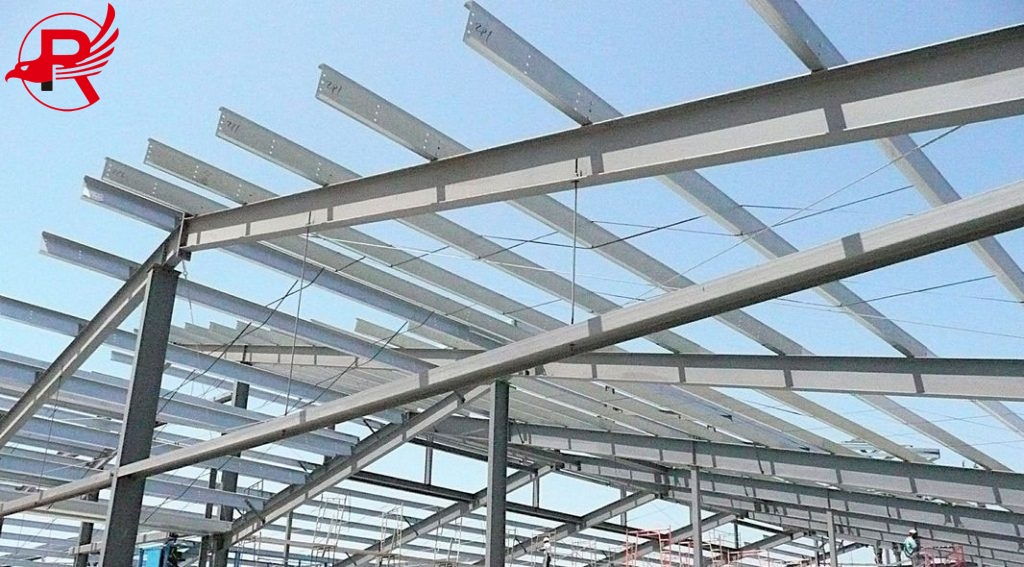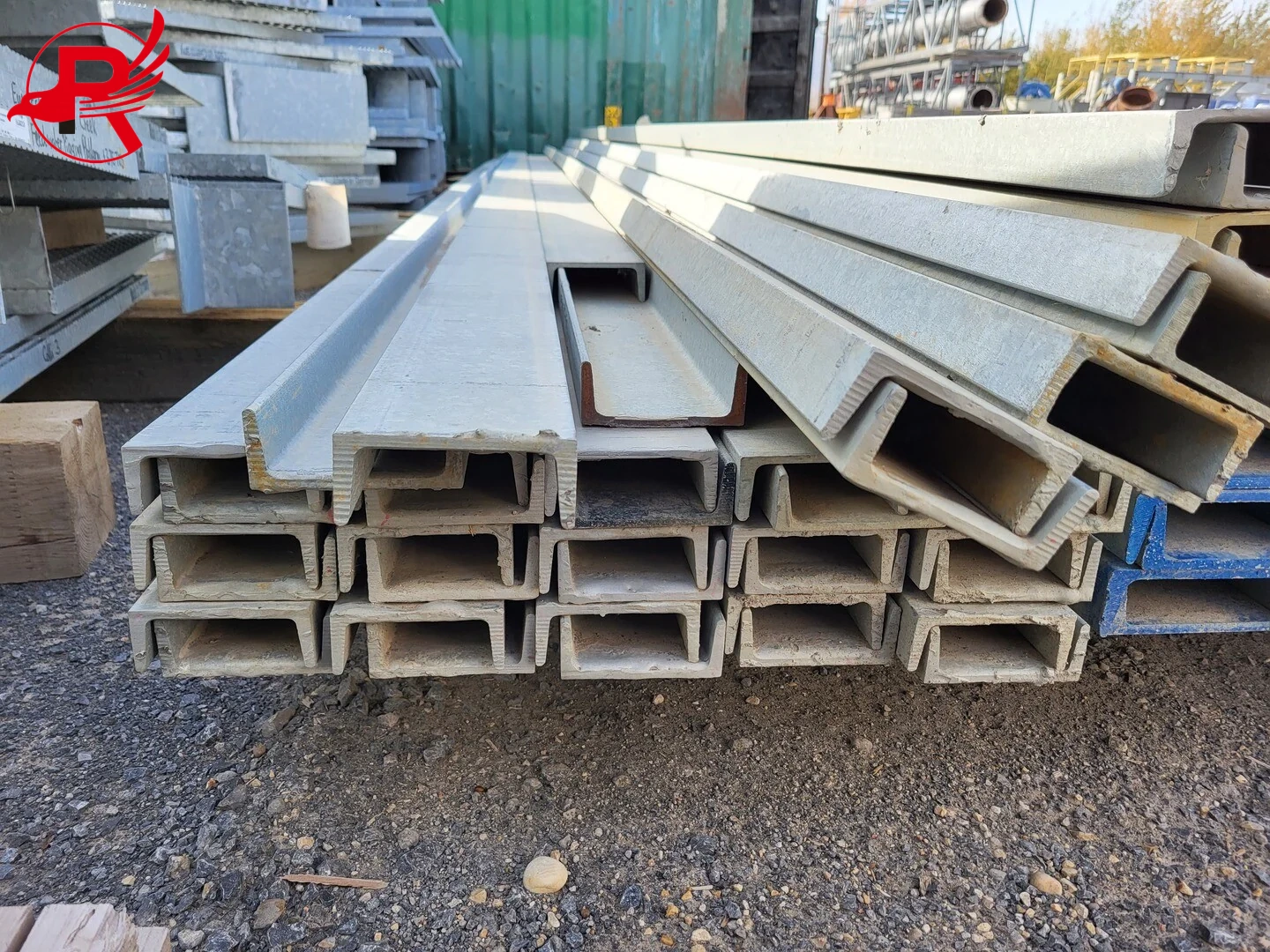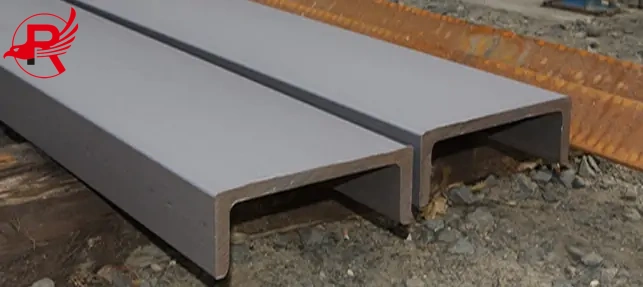In the global steel industry, C Channel and U Channel play essential roles in construction, manufacturing, and infrastructure projects. While both serve as structural supports, their design and performance characteristics differ significantly — making the choice between them crucial depending on project requirements.



Address
Bl20, Shanghecheng, Shuangjie Street, Beichen District, Tianjin, China
Phone
+86 13652091506
Post time: Oct-20-2025
